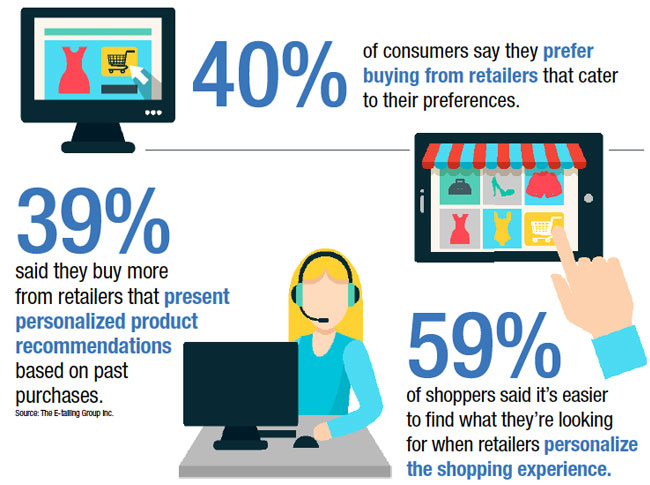Strategy May 18, 2017
4 Ways To Make Money With Custom Products
As the old saying goes, there very well may be nothing new under the sun. Innovation happens when you take a new look at your existing resources even though it feels like everything worth doing has been done. Applied to the world of custom products, it’s clear there’s more money to be made when you understand current trends and take them further.

The team at Roland DGA understands the need for constant re-invention, and shares some strategies to make more money on custom products with your current capabilities.
1. CAPITALIZE ON CHANGE
Know the trends so you can set them. “One of the biggest trends in industrial printing is the continued use of the gloss, matte and embossed ink texture effects,” says Jay Roberts, product manager, UV Printers at Roland DGA. “The trend had been to produce mock-ups or short-run graphics with spot varnish or gloss. The more the graphic arts industry saw how easy and effective wide-format printing was to apply gloss, matte and embossing techniques, the more they demanded the use on point-of-purchase (POP) displays and high-end marketing products.”
This increased popularity has grown the use of UV inkjet printing, more specifically for personalization and high-end customization; unique fabrication and manufacturing; and the marketing of stylish items such as glasses, watches, jewelry and high-priced luxury items.
2. LET ART BE YOUR MUSE
Henry David Thoreau said, “This world is but a canvas for our imagination.” To create truly captivating products your customers are willing to pay for again and again, look no further than the art world.
With the proliferation of online galleries and soaring interest in festivals like Art Basel, buyers naturally look to art for inspiration. “For example, the boutique art market is currently influencing a lot of buyers, and especially the idea that art – good art – can be shared on objects,” Roberts says. “Artists use the personalization industry to promote their artwork as much as companies are advertising themselves. The ability to put art, not on a canvas, but rather on objects and apparel, is literally changing how artists create the original piece.”
3. THINK BEYOND THE PRODUCT LINE
Expand your reach beyond the product line. “For instance, at Roland, we sell printers, but to our customers, we’re selling market opportunities, like durable graphics, textiles, retail displays, industrial goods, and educational tools, where a potential customer can draw from across our entire product portfolio for applications related to their market,” Roberts says. Roberts notes that in Roland’s efforts to service the educational sector, “we may draw from our traditional digital print-and-cut line of inkjet printers as well as from our engraving, UV, or 3-D product lines. This gives the customer a wide range of applications to service the needs of their market.”
Any product you want to sell will benefit from brainstorming ways to offer your customer a unique and beneficial sales opportunity.

